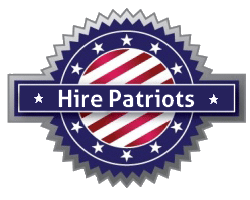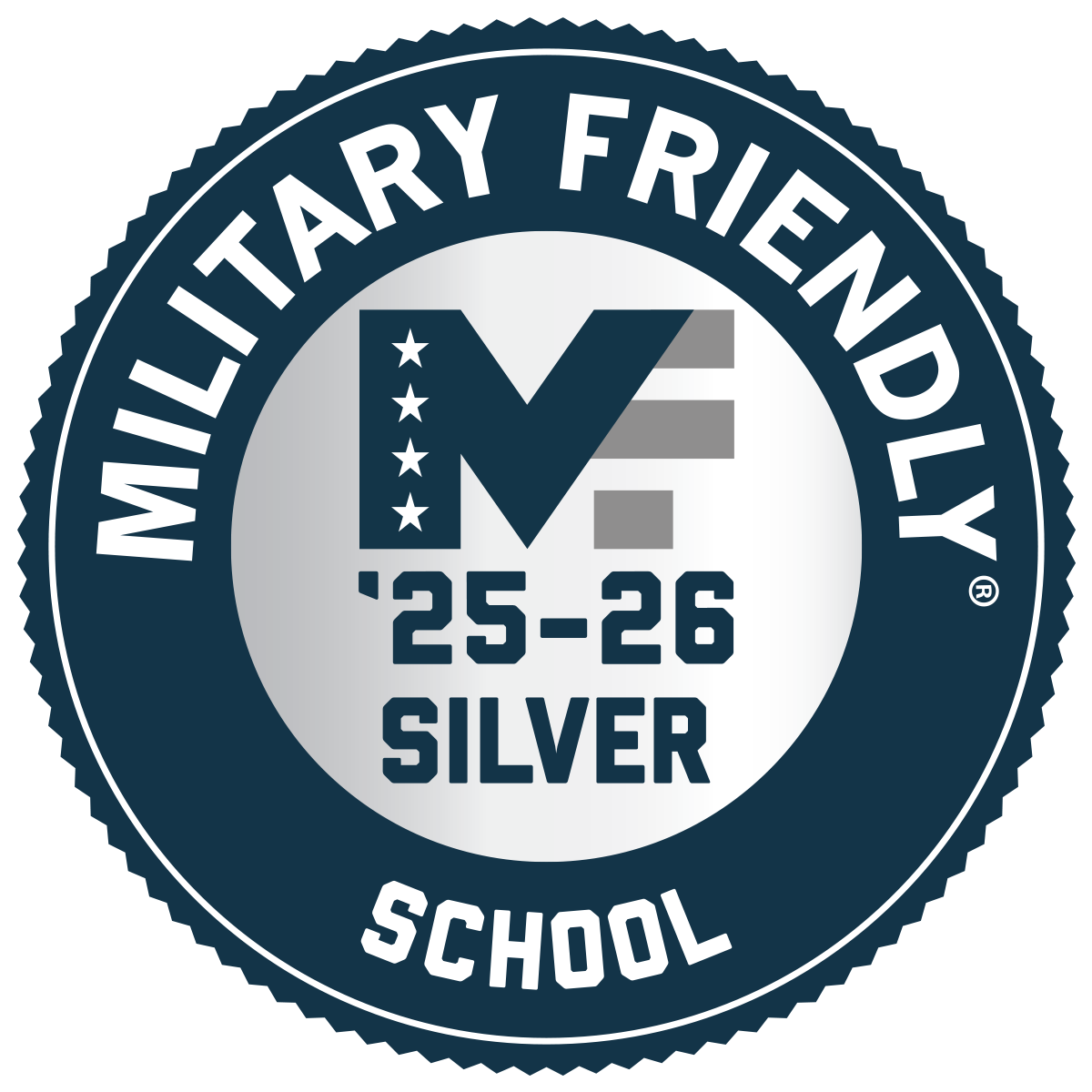Entry-level drivers must meet certain requirements in order to earn their Class A commercial driver’s license (CDL) for the first time, upgrade from a Class B to a Class A license, or earn some endorsements for the first time. The Federal Motor Carrier Safety Administration (FMCSA) just updated their entry-level driver training, also known as ELDT, requirements. These new regulations went into effect on February 7, 2022.
If you would like to earn your commercial license, you will need to choose a program that meets these new requirements. At Phoenix Truck Driving Institute, our programs are in compliance with the new ELDT regulations and can teach you the skills you need to succeed as a trucker.
Changes to the ELDT Requirements
To get an idea of how the entry-level driver training requirement changes affect CDL instruction, it’s useful to consider the differences between these and previous requirements.
Here some ways the new ELDT requirements are different:
- Prior to this update, any institution that met state-level CDL training requirements could provide entry-level driver training. With these new changes, only institutions on the FMCSA’s Training Provider Registry (TPR) can provide such training.
- Instruction topics are now standardized.
- Previously, the Department of Motor Vehicles (DMV) in each state was responsible for administering the CDL written test. Now, schools must do so and will need to report the scores to the FMCSA.
Requirements for Theory Instruction
Instructors must cover all of the FMCSA’s required topics and use assessments to determine whether students are proficient in each. Students must earn an 80% or higher on these assessments. There are no minimum hours for theory instruction.
The FMCSA breaks up the theory instruction topics into five categories. Each of these also includes various sub-topics.
The categories are:
- Basic Operation: Students must understand topics including backing and docking, basic vehicle control, and pre-trip and post-trip inspections.
- Safe Operating Procedures: This category includes topics such as space and speed management, nighttime driving, and various other topics related to how to safely drive a commercial vehicle.
- Advanced Operating Practices: Trainees will need to understand how to handle various emergencies including skid control/recovery and jackknifing. They will also need to understand hazard perception and railroad-highway grade crossings.
- Vehicle Systems and Reporting Malfunctions: Topics in this category include identification and diagnosis of malfunctions, as well as maintenance and roadside inspections.
- Non-Driving Activities: Theory instruction must cover information about non-driving activities including trip planning, Department of Transportation (DOT) medical requirements, and drug and alcohol testing.
Requirements for Behind-the-Wheel Training
Similar to the requirements for theory instruction, there isn’t a minimum number of hours for behind-the-wheel training. However, instructors do need to document the total clock hours of training that students undergo.
Behind-the-wheel instruction must cover the following skills in a range setting:
- Straight line backing
- Off-set backing
- Alley dock backing (45 and 90 degrees)
- Sight side parallel parking
- Blind side parallel parking
- Coupling and uncoupling
- Pre-trip, en route, and post-trip vehicle inspections
In addition, the program must cover these topics on a public road:
- Transmission/shifting
- Visual search
- Vehicle controls (e.g. lane changes, turning, entry and exit onto highways)
- Signaling/communication
- Space and speed management
- Safe driver behavior
- Hazard perception
- Railroad crossings
- Nighttime driving
- Jackknifing, skid control/recovery, and other emergencies
- Extreme conditions
- Hours of service (HOS) regulations
If a topic cannot be simulated on a road, such as extreme conditions or emergencies, then the instructor needs to engage in a two-way conversation with their students about how to respond to these situations.
Become a Truck Driver
Are you interested in earning your CDL? Phoenix Truck Driving Institute can help. We meet all the new ELDT requirements and can get you on the road and earning in as little as four weeks.





